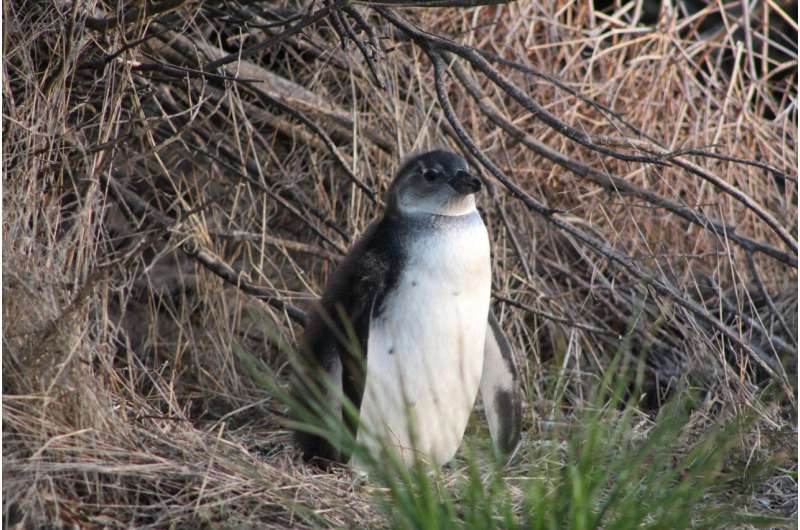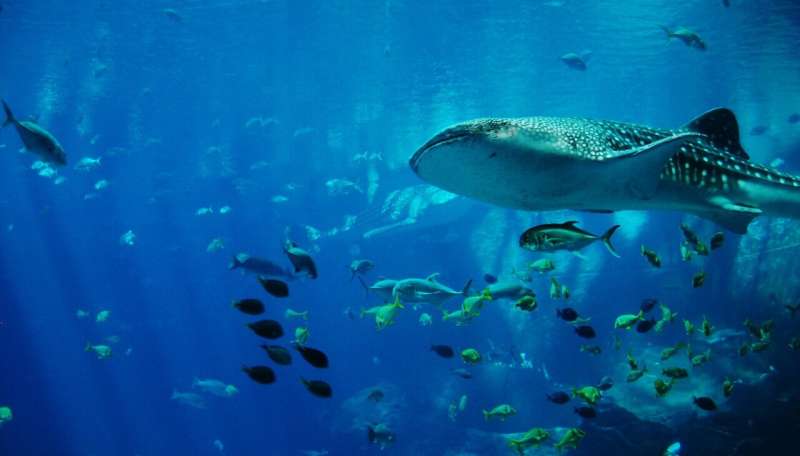A comprehensive global review has identified **57 new living species** of tiny marine organisms known as foraminifera, with **three species** originating from New Zealand waters. The research, led by a team from **Geomarine Research** in New Zealand, utilized DNA sequencing alongside physical characteristics to classify these species found in the seafloor sediments of coastal and shallow offshore areas. The findings were published in the journal **Micropaleontology**.
Foraminifera have existed for millions of years and serve as crucial indicators for studying environmental changes, including climate change and sea level rise. The review included over **200 species**, with **33 species** identified as having been inadvertently transported across oceans by ships, redistributing them from their original habitats.
Significant Findings in Marine Biodiversity
This study represents only the second global examination of a group of foraminifera using both DNA sequencing and morphological characteristics. The first such study was also conducted by this research team in **2021**. The current research highlights that the **northwest Pacific** boasts the highest diversity of these organisms, with **74 species** found along the coasts of **China** and **Japan**. The **coast of Australia** follows with **58 species**, while the **Antarctic** region is notably absent of these families.
The new discoveries predominantly emerge from the **Southern Hemisphere**, a region less studied in the past **250 years**. The research indicates substantial diversity, with the greatest number of new species reported from **southern Africa** (**13 species**), followed by **Australia** (**9 species**) and the **northwest Pacific** (**8 species**). Other notable regions include the **Mediterranean** and the **northern Indian Ocean**, each contributing **5 new species**.
Dr. **Bruce W. Hayward**, a key researcher, commented, “This new study brings the number of recognized species in these families around New Zealand up to **18**.” The three newly identified species from New Zealand were collected from **Stewart Island**, **Tolaga Bay**, and **Waitemata Harbor**, and are now preserved at the **Museum of Auckland** and **Earth Science New Zealand**.
Importance of Foraminifera in Environmental Studies
Foraminifera are microscopic marine organisms resembling amoeba but are characterized by their chambered shells, averaging about **0.4 mm** in size. They thrive in vast numbers within sea-floor sand and mud across estuaries, harbors, and offshore environments, extending to depths of approximately **100 meters**. Globally, there are currently around **9,000 living species** of foraminifera, alongside **40,000** described extinct fossil species.
Dr. Hayward elaborated on their significance: “Foraminifera are widely used to study the impacts on coastal ecosystems of pollution and sediment runoff; they document sea level changes that predate tide gauges; and they help analyze the frequency and magnitude of coastal earthquake displacements and tsunamis.”
He emphasized the need for accurate identification of these organisms to harness their potential in applied studies. “The specific foraminifera reviewed in our study are among the most important worldwide for these research efforts,” he noted.
The study also highlights the extent of accidental human-mediated transport of marine species over recent centuries, with **33 non-indigenous species** now residing in regions far from their historical habitats. This raises awareness of the ecological impacts of human activity on marine biodiversity.
For more detailed information, refer to the study by Dr. Bruce W. Hayward et al., titled “Molecular and morphological taxonomy and biogeography of living Cribroelphidiidae, Elphidiellidae, Elphidiidae, Haynesinidae and related taxa (Foraminifera, Rotalioidea),” published in **Micropaleontology** in **2025**.







